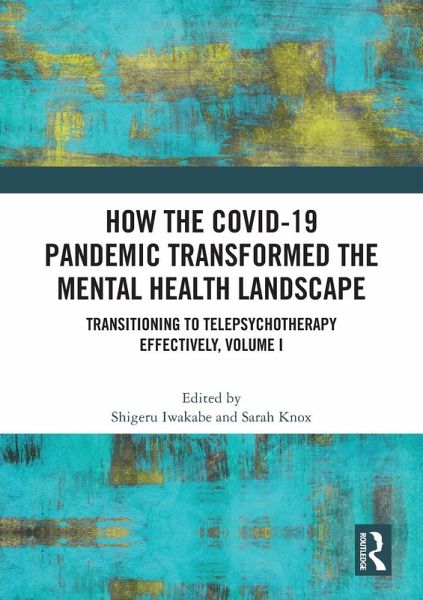
How the COVID-19 Pandemic Transformed the Mental Health Landscape
Transitioning to Telepsychotherapy Effectively, Volume I
Herausgeber: Iwakabe, Shigeru; Knox, Sarah

PAYBACK Punkte
27 °P sammeln!
The book is a valuable historical record of how counselling psychologists responded to the COVID-19 pandemic around the globe. Volume I includes 14 chapters that address topics associated with transferring counselling practice online. These chapters were originally published as a special issue of Counselling Psychology Quarterly.



